Is pho healthy? As you dip into a hearty, warm bowl of pho, you might not be too concerned about the calorie count. You’re just content to slurp down noodles and enjoy the unbeatable blend of broth and fresh herbs. However, as you sit back, full of delicious pho, it's a question you might then start to ponder!
This classic Vietnamese soup is undoubtedly delicious, and pho is often eaten as a warming winter dish and touted for its regenerative and healing properties when you're feeling down.
However, is pho high in calories? Are health benefits of pho real, or simply steeped in urban legends?
Let's explore the benefits and drawbacks of this popular dish below!
What is Pho?
Pho is a Vietnamese broth-based soup that has recently taken the world by storm. This delicious soup has spread far from its homeland through a combination of Vietnamese emigration and a rise in travellers seeking their pho fix when they return home.
Pho is a warming broth that's packed with noodles and garnished with herbs and spices. Most often, it is eaten as a filling breakfast in Vietnam, but goes down well any other time of the day too!
How is Pho Different from Other Soups?
So, what makes pho so unique compared to the huge variety of other Asian soups?
- Pho is traditionally prepared using a bone broth (usually beef), which gives the soup a hearty texture and taste that's distinct from ramen and far removed from your Grandma's vegetable soup.
- These days, of course, pho is commonly prepared using vegetable stocks too, for an extra healthy kick!
- The broth is infused with a delicious combination of herbs and spices, including anise, ginger, onions, chilis, and more.
- Pho is a slow-cook type of dish. It is said that the best pho is the one that is cooked for hours.
- Soy, tamari, or fish sauce are often added to the mix too for an extra layer of flavour providing an exotic taste and aroma.
The broth is just the base, however, because it's the pho toppings and ingredients that really make this a winning soup.
There are lots of different types of pho, but a bowl of pho from a street vendor in Vietnam will most definitely contain these ingredients:
- Rice noodles.
- Strips of beef or chicken have always been the classic accompaniment, but these meat options are readily swapped out for tofu.
- Pho vegetables are also added, including the likes of bean sprouts, mushrooms, or broccoli.
- Lastly - fresh herbs such as cilantro or basil are sprinkled on top of the pho.
There are a multitude of variations, and pho can be prepared to suit your tastes and your dietary requirements. Of course, the ingredients that go into your pho determine whether this is healthy vs unhealthy noodle soup!
How Many Calories in a Bowl of Pho?
The number of pho calories in your noodle soup will vary depending on the ingredients used to prepare it.
Several different factors can increase or decrease the calorie count in your soup:
- the type of noodles.
- the type of broth.
- the toppings.
On average, though, a classic 20 ounce serving of pho that includes rice noodles, garnishes, a topping such as tofu, and plenty of vegetables is going to clock in at around 500 calories.
Considering how filling a 20-ounce bowl of pho is, we'd say that's not a bad calorie count!
But let's take a look at what else is included in that calorie count to see how healthy pho really is. Here's a breakdown of approximate pho nutrition facts for a standard bowl of this tasty Vietnamese noodle soup!
Pho Nutritional Information
- 500 calories per serving
- 5 grams of fat
- 100 grams of pho carbs
- 6 grams of fiber
- 20 grams of protein
Pho soup nutrition also includes many other vitamins, minerals, and nutrients such as Vitamin A, iron, magnesium, and of course, sodium.
It's important to note, however, the exact composition of these minerals depends on the ingredients: a meat-based broth will result in more sodium in pho than a vegetable-based broth, for instance.
The Health Benefits of Pho
Pho is often seen as a sort of healing broth. It's a hearty soup that's perfect for keeping away winter illnesses or for rejuvenating and recovering after catching a cold or flu.
These qualities are based on the health benefits that a bowl of pho brings to the table, so let's take a look at these advantages and where they come from in more detail!
Pho Contains Ginger
Ginger is an important ingredient in pho, and it's ginger that gives the soup some of its best rejuvenating qualities.
Ginger is both an anti-inflammatory and an antioxidant, so for anyone who’s feeling down, it's the perfect pick-me-up!
Ginger can also help with joint pains, stave off nausea – and ginger may help with weight loss as well!
Pho is Good for the Stomach
Pho is often said to be good for the stomach, in part because of the ginger, but also because of the simple, soothing qualities of this fresh yet wholesome noodle soup.
If you're feeling sick, then a bowl of pho is a great way to combat any stomach pains while also keeping you full and prepared to fight that illness.
In the long term, the excellent array of nutrients and vitamins keep your gut healthy and strong as well.
Pho is Full of Protein
Whether you're a meat-eater, veggie, or vegan, pho can easily be packed full of protein. Traditional meat-heavy variants of pho are an obvious source of protein, of course, but veggies and vegans can swap the meat for tofu.
Tofu is not only an excellent source of protein, but it quickly takes on the deep flavours of the broth while also being low in fat and calories.
Pho is Low in Calories
Whichever way you look at it, a 500 calorie bowl of noodle soup for breakfast, lunch, or dinner is definitely a great low-calorie option.
Stick to the vegetables and the veggie broth, and you can lower this calorie count further too.
For anyone on a diet or anyone looking to better control their weight for health reasons, adding pho into your meal plans is a great way to stay energized yet keep the calorie count low.
Pho is Gluten Free
Gluten can be a problem for many people, so it's always good to know that pho is entirely gluten free (at least, when it's prepared the traditional way).
Pho is traditionally prepared using rice noodles, and this type of noodle contains zero gluten.
When preparing pho at home, though, be careful which noodles you use, as egg noodles and other types of noodles are not gluten free.
The Downsides of Pho
Of course, we can't answer the question “is pho healthy?” without looking at the potential downsides of consuming a bowl of pho too.
While pho is low in calories, the number of carbs in pho is quite high. These carbs can turn to sugar, and in the long run, high blood sugar levels can cause a number of chronic health conditions (such as diabetes).
Sodium levels in pho can also be quite high, especially if you aren't preparing a veggie version of the noodle soup.
How to Make Pho Healthier
There are few simple ways to keep pho healthy, though.
- If you're worried about the carbs in pho noodles, then cut down on the portion size, or remove them completely. (Is pho keto? Yes, if you take out the noodles!)
- Improve the protein content and lower the fat by including tofu (who needs beef and chicken these days?).
- Sodium levels will be lower by preparing a vegetable broth rather than a beef bone broth.
- Don't spare on the vegetables, either, and don't be afraid to garnish away with extra herbs and spices for all those added nutrients (add lime or lemon for Vitamin C, for instance).
So, is pho healthy? Yes! Pho is not only hearty, warm, and filling, but it's low in calories, high in protein, and packed full of goodness. Why not start preparing healthy bowls of pho at home, starting today?
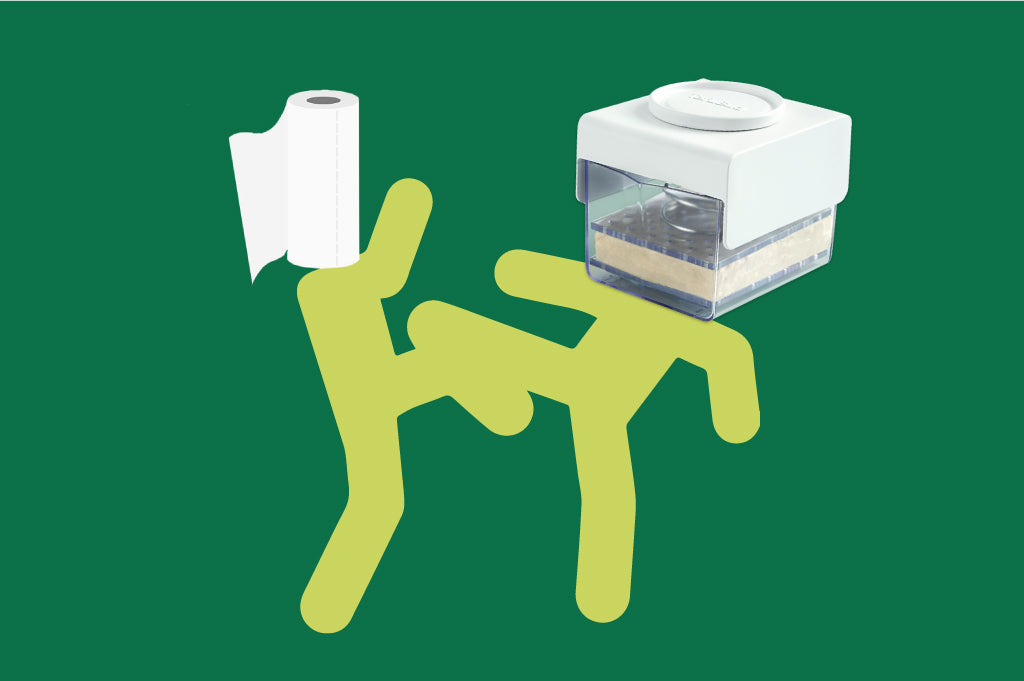



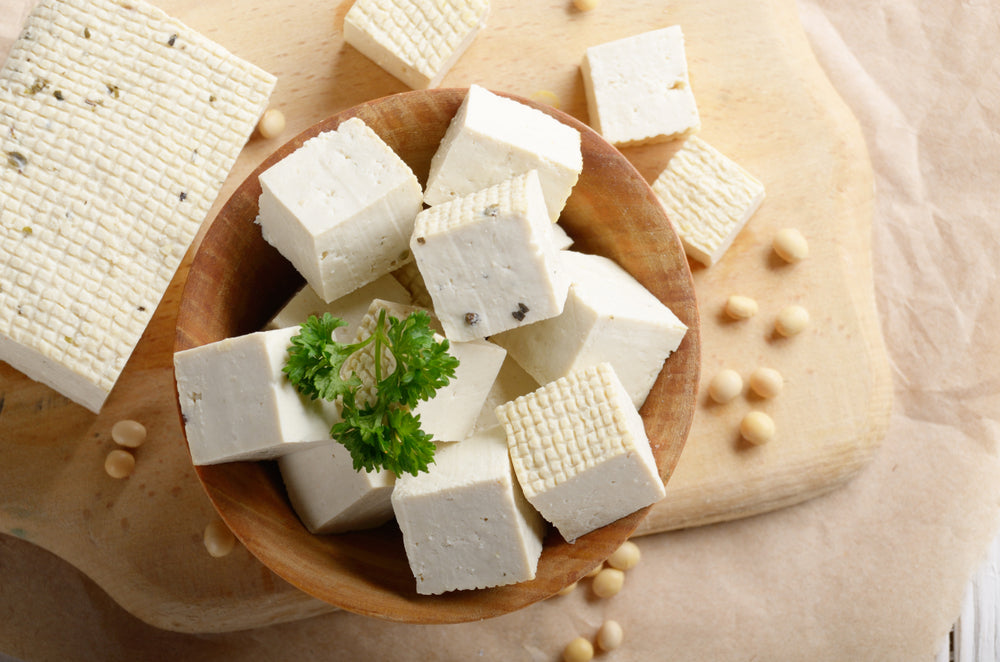
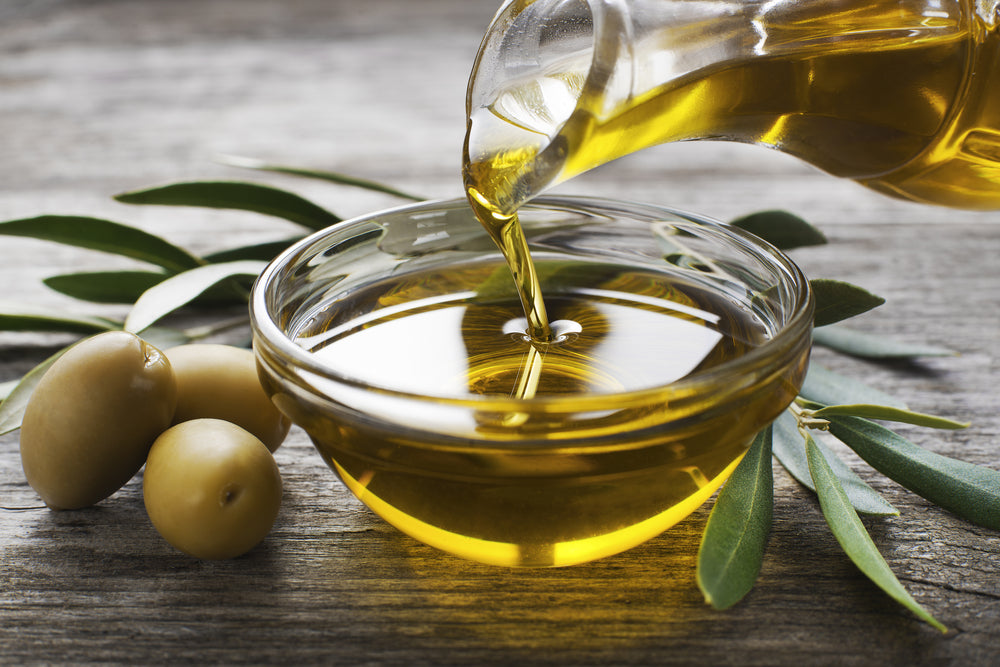
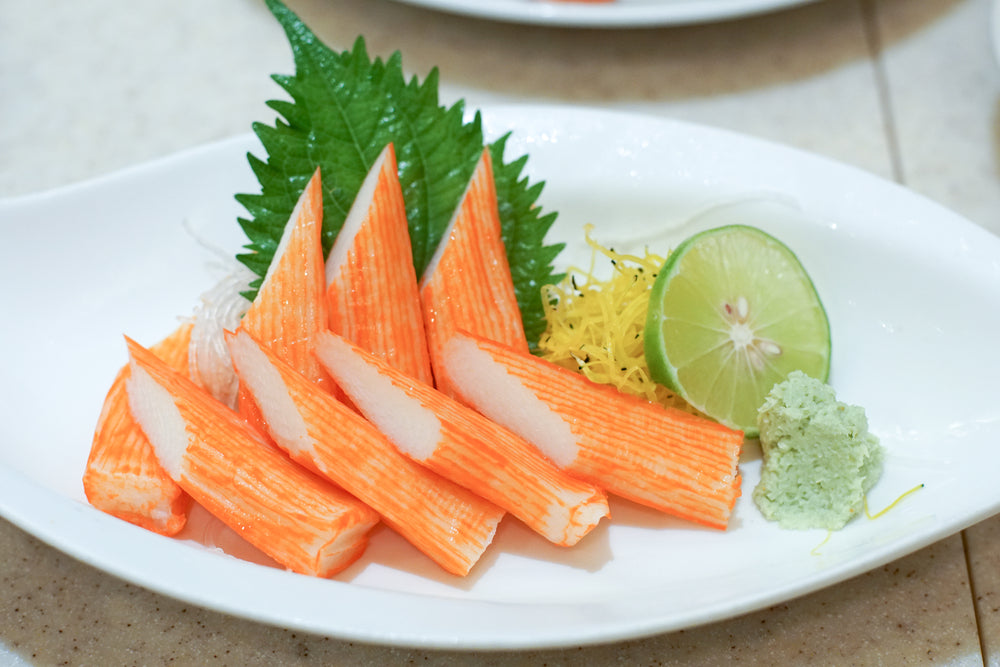
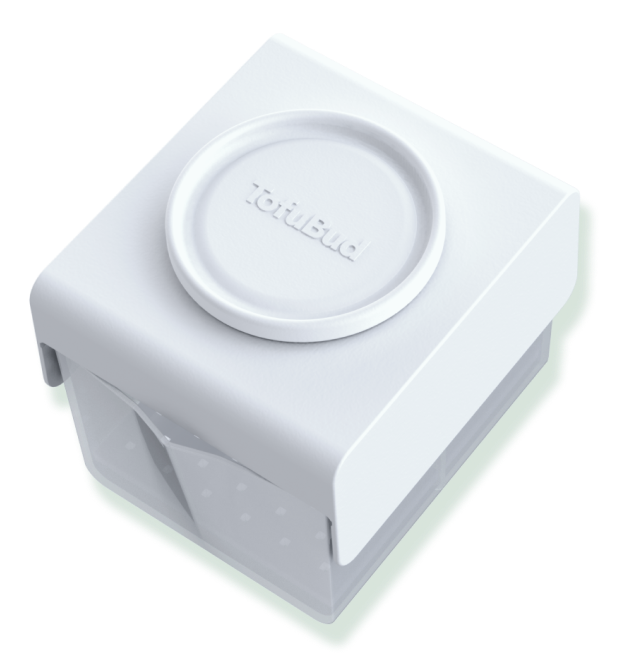
Leave a comment (all fields required)